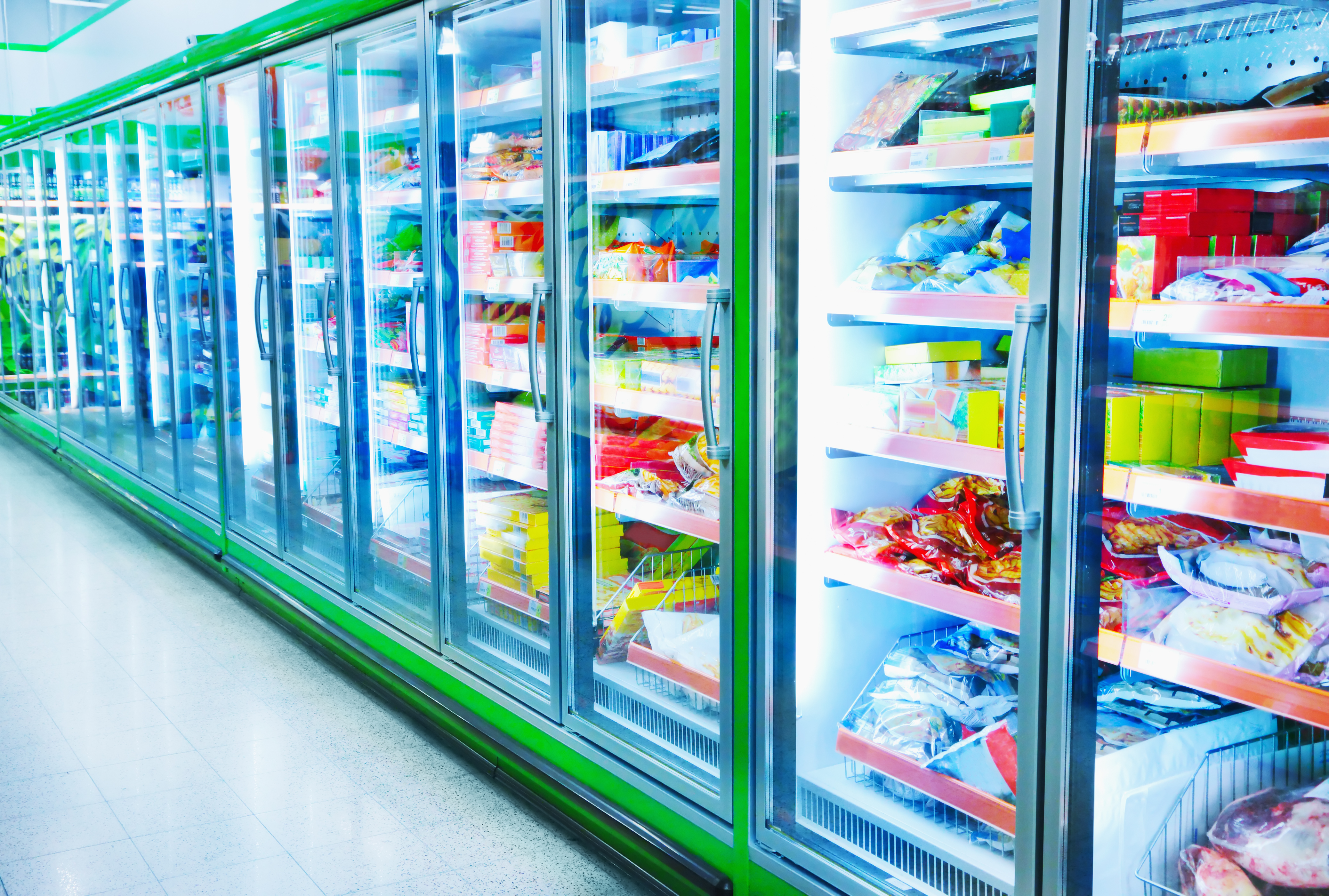By Colin Walker | Mon, November 2, 15
Picture this: It's Friday night; you and your closest friends are getting together at your place. As the host, you decide to provide the libations for your event. While picking up that cold six-pack of beer, you notice a sign on the freezer door that explains that the price of your six-pack has been reduced due to the recent implementation of commercial refrigeration retrofits. You think to yourself, “great, cheap beer, but what is a commercial refrigeration retrofit and what does that have to do with reduced prices?”
The answers to these questions are simple. Commercial refrigeration retrofits are the addition of new technology or features to older systems, in this case, commercial refrigeration or freezers, which aim to reduce energy usage. This reduction in energy usage equates to slashed prices. Therefore, storeowners could theoretically afford to reduce prices and not hurt their bottom line.
Unfortunately, reducing beer prices due to retrofits is entirely a fantasy (my apologies if you jumped in your car before you read to this point), but the energy savings are as real as can be: commercial refrigeration retrofits save businesses money. Savings connected to retrofitting older equipment have been understood since its inception, however, for commercial refrigeration there are few, if any, studies that offer empirical proof. In fact, it wasn’t long ago when commercial refrigeration was being overlooked for more attractive efficiency upgrades, the beloved low-hanging fruit. It wasn’t until the Department of Energy (DOE) released an update on commercial refrigeration efficiency standards that commercial refrigeration really took center stage.
The DOE released a separate study on commercial refrigeration that estimated the total energy use by equipment category. Can you guess the two types of equipment that had the highest percentage energy use? The answer: commercial refrigeration and freezer systems that account for a whopping 68% of the total energy consumption for all other equipment categories! Imagine if there was a way to prove just how effective commercial refrigeration retrofits are and to reduce that 68% energy consumption.
Enter the NEEP Commercial Refrigeration Loadshape Report. This report was the first of its kind to examine pre- and postinstallation of three common refrigeration retrofits, providing hard evidence regarding savings from commercial refrigeration retrofits. Not only does this report provide evidence for savings, but it also serves as a resource for program administrators to use when updating these measures in their technical reference manuals (TRMs).
Key Findings
 The study collected and analyzed primary data at 40 unique sites in Maryland, Massachusetts, New York, and Rhode Island and secondary data from an additional 19 unique sites in Massachusetts and Connecticut. The data points were collected from either pre-retrofit, post-retrofit, or pre- and post-retrofit.
The study collected and analyzed primary data at 40 unique sites in Maryland, Massachusetts, New York, and Rhode Island and secondary data from an additional 19 unique sites in Massachusetts and Connecticut. The data points were collected from either pre-retrofit, post-retrofit, or pre- and post-retrofit.
It was focused on three measures common throughout the Northeast and Mid-Atlantic region: electronically commutated motors (ECMs), evaporator fan (EF) controls, and anti-sweat door heater (ASDH) controls. These common retrofits save on hourly energy usage and demand impacts. The key findings regarding these measure are summarized below:
- All three measure provide both energy and peak demand savings.
- All three measures are unobtrusive and provide reliable savings. There is minimal opportunity for interference from the customer that could impact performance.
- The measures have a wide range of commercial applications. The evaluation team observed measure installations in coolers and freezers, walk-in spaces, and reach-in cases. The team also observed measure installations across variety of commercial building types, including small businesses and large commercial facilities.
What does this all mean?
The report has implications that can be far reaching if properly incorporated. Program administrators have been incorporating commercial refrigeration in their TRMs without benefit of evidence from such formal research.. With this report, program administrators can be confident that the parameters developed in this study can be used for estimating savings from ECM Retrofits, EF Controls, and ASDH controls including the refrigeration interactive effects.
NEEP suggests that program administrators use these values to update parameters in their TRMs and to estimate savings values for the three retrofit measures.
 Additionally, the report notes that dirty and iced-up coils were witnessed which have negative impacts on the retrofits effectiveness. Therefore, incentivizing refrigeration maintenance, such as coil cleaning, is highly recommended. These can be achieved through the inclusion of a one-time coil maintenance with the installation of controls as part of the program delivery, as well as providing general customer education on this issue.
Additionally, the report notes that dirty and iced-up coils were witnessed which have negative impacts on the retrofits effectiveness. Therefore, incentivizing refrigeration maintenance, such as coil cleaning, is highly recommended. These can be achieved through the inclusion of a one-time coil maintenance with the installation of controls as part of the program delivery, as well as providing general customer education on this issue.
Maybe in the future, signs proclaiming savings on beer won’t be a figment of our imagination. Instead, it will be ubiquitous throughout commercial refrigeration operations. Someday, we will be able to buy our beer cheap and drink it too, thanks to the reliable savings produced by commercial refrigeration retrofits.